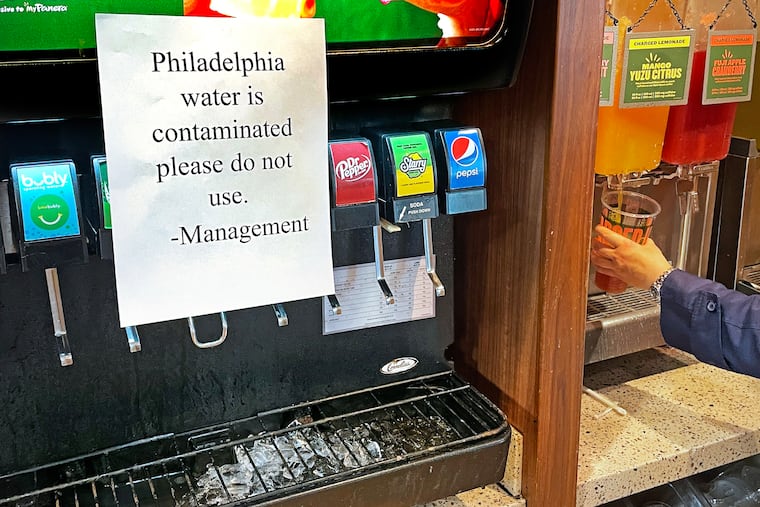Three steps to protect Philadelphia’s drinking water
Ensuring our right to clean drinking water requires a proactive government and an engaged populace.

Ensuring our right to clean drinking water requires a proactive government and an engaged populace.
